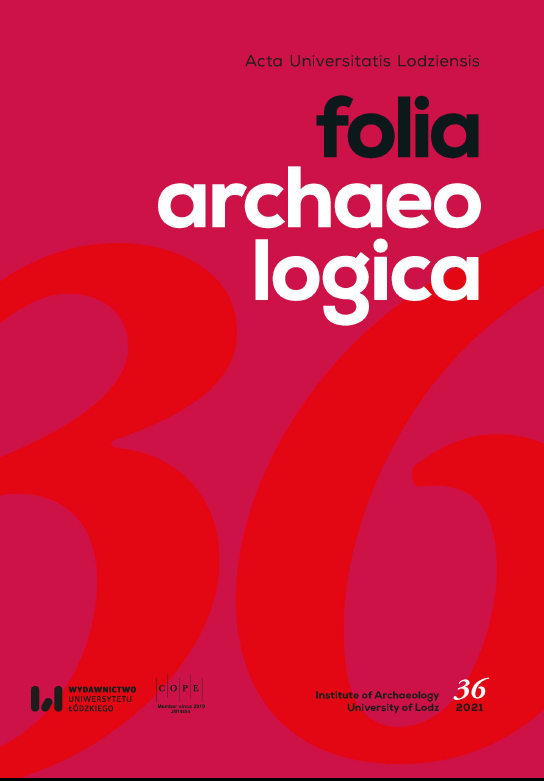Lektyki i kolebki, karety i zwykłe wozy. Pojazdy dla pań i panów, wielkich tego świata oraz maluczkich w Polsce średniowiecznej i wczesnonowożytnej
Litters and Cradles, Carriages and Ordinary Carts. Vehicles for Ladies and Gentlemen, for the Great of this Word and for the Little Ones in Medieval and Early Modern Poland
Author(s): Alicja Szymczak, Jan SzymczakSubject(s): History, Archaeology, Military history, Middle Ages
Published by: Wydawnictwo Uniwersytetu Łódzkiego
Keywords: Poland; 10th–16th century; vehicles; their names; construction; prices
Summary/Abstract: Vehicles were used to transport people, animals, goods and many other things, and therefore they have been accompanying man for a long time in his daily work, travel and war. According to the title of this article, its subject are very expensive vehicles for ladies and gentlemen, the great of this world, and less expensive, but with a solid structure for the little ones in medieval and early modern Poland. They were litters, cradles and carriages, but the roads were dominated by ordinary carts of merchants and peasants, used for traveling and transporting their belongings, goods and crops. The price of the car depended on its size, equipment and purpose. The cheapest cost 32 grossi (1 mark = 48 grossi), but most often 2–3 marks. The royal asseda dicta colebca in 1394 cost as much as 8 marks and it is the most expensive vehicle recorded in sources until the 16th century. The price list of Piotr Kmita, the voivode of Kraków from 1538, lists 4 types of the most popular cars. The first is a chariot with a two-horse (currus alias Ridwan) for 2 florins (1 florin = 32 grossi), the second is a medium chariot for 3.5 florins and the third great chariot for 5 florins. Similar prices are listed in the price lists from 1561 and 1565. The bodies of uniaxial vehicles were made of boards or wicker in the shape of a short rectangle. In two-axle wagons they usually had the form of a more or less elongated rectangle and wooden, wicker or ladder sides. One of the most important and probably the most susceptible to deterioration and destruction in every car were its wheels. Depending on the purpose and weight of the transported items, they cost from 6 to 24 grossi. Vehicles or their parts were often covered with canvas or cloth tarpaulins, such as poklat, tectura, pałuba, popona, coopertio, hung on wooden or iron arches. Such covered wagons cost up to 10 marks, but were at their disposal by rulers and wealthy people.
Journal: Acta Universitatis Lodziensis. Folia Archaeologica
- Issue Year: 2021
- Issue No: 36
- Page Range: 203-224
- Page Count: 22
- Language: Polish

